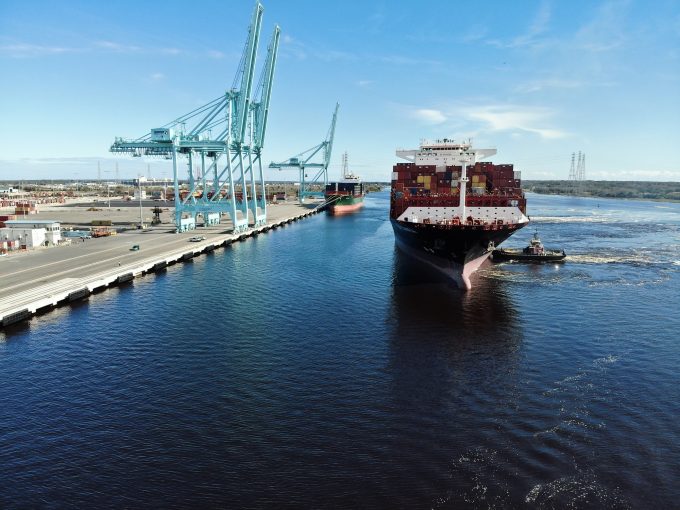Hong Kong consultancy Linerlytica suggests that the carriers are struggling to achieve the General Rate Increases (GRIs) that they have supposedly imposed amongst the increase in capacity and persistent low demand, which will lead to greater capacity management according to one expert.
Long term shipping commentator and industry insider John McCown in his latest report suggests that the impact on capacity caused by the congestion as a result of the pandemic allowed carriers to take advantage of the market conditions and boost their income to record levels.
Those conditions have now gone, and the reality is that another 34 ships of over 158,000 TEUs have been added to the fleet over the past 30 days, with 72 ships of 187,082 TEUs already idle the market indicators for next year are already ominous.
“The significant portion of the favourable supply/demand dynamic benefiting the carriers during the pandemic era resulted from congestion that absorbed capacity. The conditions that gave rise to the congestion have now gone away and that unwinding has had the effect of increasing capacity,” said McCown.
Exceptional financial results that were achieved during the pandemic congestion favoured the carriers, now the carriers will look for ways to achieve similar returns in the future.
To manage that the carriers will need to bring some semblance of balance back to the supply and demand equation. And that will require a major capacity management programme, argues McCown.
“In particular, the capacity management tool of blanking or cancelling sailings worked particularly well for the carriers at the beginning of the pandemic. The memory of that and the favourable outcome that resulted from its aggressive use will be top of mind,” he said.
Adding that “The industry consolidation in the form of the alliances has made this tool logistically much easier to accomplish and then to refine as necessary. My anticipation is that it will be utilised much more to reduce capacity as the conditions resulting in congestion unwind.”
Although the levels of ordering, are expected to deliver a more than 30% increase in capacity, McCown points out that these statistics are misleading, given that the average size of ship on order is twice that of the average vessel currently trading.
With this in mind a calculation of the number of ships set to be delivered indicates a 15% fleet increase which is driven by cost reduction, “making a much more manageable capacity situation,” said McCown.
While McCown concedes that the levels of ordering are over and above the requirement for merely replacing the fleet, he does calculate that if it is assumed that a new vessel will be operational for 20 years, a 10% orderbook would be sufficient to replace the fleet at zero demand growth.
“If someone was optimistic and pegged growth at 5% annually, you need a 20% order book. An order book approaching 30% could only all be fully utilised if annual growth were in the 10% range,” according to McCown’s estimates.
Source: Container News




